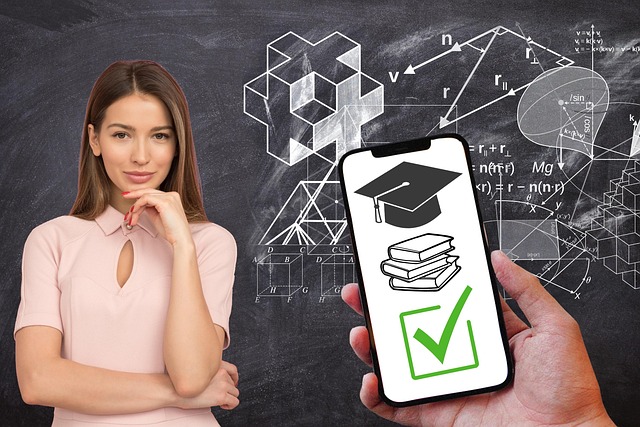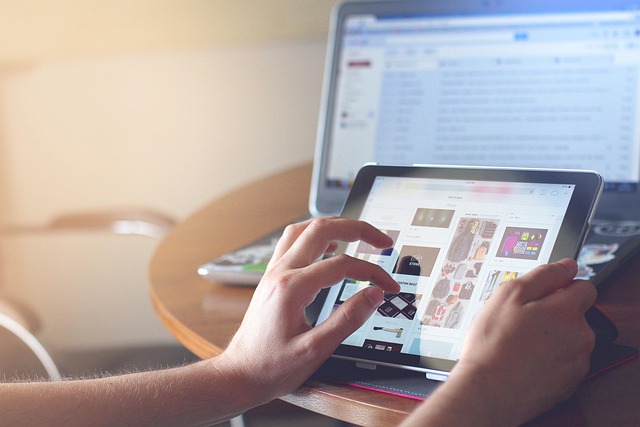Every morning, a handful of glowing screens greet us: the phone’s notification light, the laptop’s task list, the smartwatch’s health data. The line between technology and life has blurred until we cannot easily tell where one ends and the other begins. In this environment, a balanced schedule is not a luxury but a necessity. It is a rhythm that allows us to honor our digital tools while safeguarding the human experiences that give meaning to our days.
The Hidden Cost of an Unbalanced Digital Life
When the pace of screens dominates our attention, subtle cracks appear in our mental, social, and physical well‑being. Sleep becomes irregular; eyes strain under blue light; conversations shift from depth to brevity. Studies link prolonged device use to increased anxiety, reduced empathy, and a decline in overall life satisfaction. The problem isn’t that technology is bad—it’s that we have not carved out dedicated space for offline moments, creating a constant tug‑of‑war between the virtual and the real.
- Decreased sleep quality due to late‑night scrolling.
- Heightened stress when messages go unanswered.
- Less face‑to‑face interaction, leading to feelings of isolation.
Why a Balanced Schedule Matters
Adopting a balanced schedule means consciously allocating time to both digital and human activities. It creates a framework where technology serves us, rather than us serving it. A balanced schedule supports:
- Mental Clarity: Regular breaks from screens reduce cognitive overload.
- Physical Health: Standing, stretching, and natural light exposure become routine.
- Emotional Resilience: Time for reflection and social bonding builds stronger coping mechanisms.
- Productivity: Focused blocks of work without constant interruptions lead to higher output.
Steps to Build Your Balanced Schedule
Creating a balanced schedule is a deliberate practice. Below are actionable steps to integrate digital calm into everyday life.
- **Map Your Current Habits** – Track your screen time for a week. Note peak usage periods.
- **Set Clear Boundaries** – Define “no‑device” zones: bedrooms, meals, and family time.
- **Schedule Digital Breaks** – Use timers to enforce short pauses after every 45 minutes of focused work.
- **Prioritize Offline Activities** – Schedule walks, reading, or creative projects at least twice a week.
- **Leverage Tech Wisely** – Use apps that monitor usage and offer nudges toward healthier habits.
“Technology is a servant, not a master.” – Anonymous
Reflecting on this quote reminds us that our tools should enhance life, not dictate it. When we treat devices as tools, we regain agency, allowing a balanced schedule to flourish.
A Real‑World Example: Maya’s 30‑Day Digital Reset
Maya, a marketing manager, noticed her inbox filling up while her personal relationships waned. She decided to test a balanced schedule by committing to a 30‑day digital reset. She began with a simple rule: every evening after 8 pm, her phone’s screen was placed in another room.
Within the first week, Maya reported clearer thoughts, less racing anxiety, and an improved focus on her job. Her partner noticed she listened more during conversations, and she started a weekly walk with friends. By the end of the month, Maya’s productivity increased by 18%, and she felt a renewed sense of balance between her work life and personal wellbeing.
The Role of Technology in a Balanced Schedule
It is easy to dismiss technology as the root of imbalance, yet it can also be a powerful ally. When harnessed correctly, digital tools can support a balanced schedule by:
- Providing reminders to take breaks.
- Tracking progress toward wellness goals.
- Facilitating communication with loved ones in thoughtful ways.
The key is intentional use. Every time you open a device, ask yourself whether it aligns with your scheduled priorities.
Looking Ahead: Cultivating Lasting Balance
A balanced schedule is not a one‑time fix; it is a continual adjustment. Over time, you may need to tweak boundaries, add new offline activities, or experiment with different timing strategies. The goal is to cultivate a sustainable rhythm that respects both the benefits of technology and the essential human connections that sustain our health and happiness.




